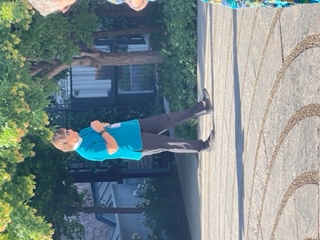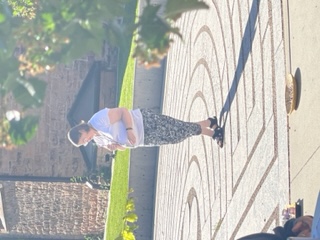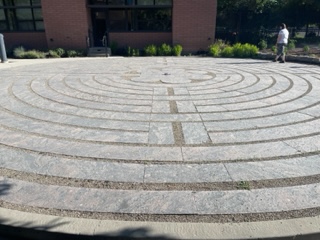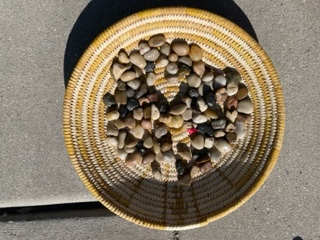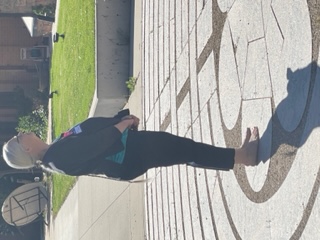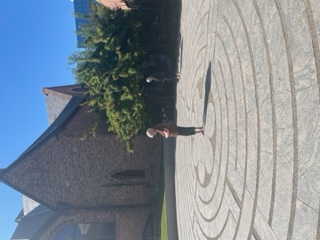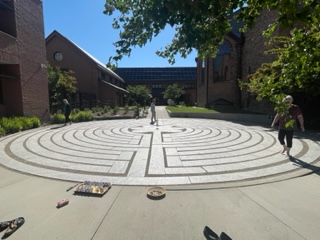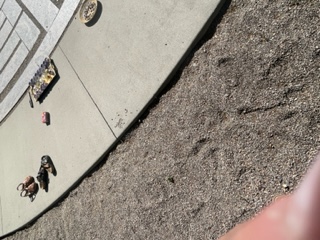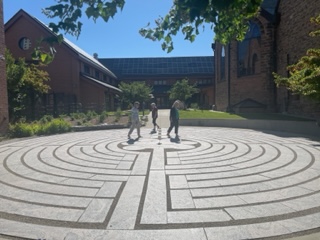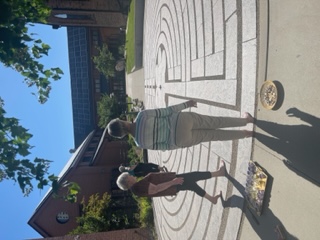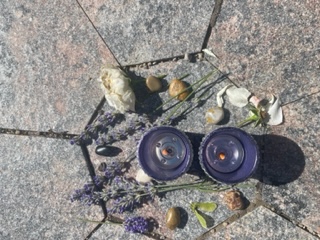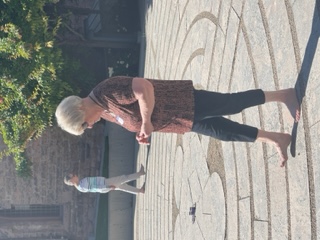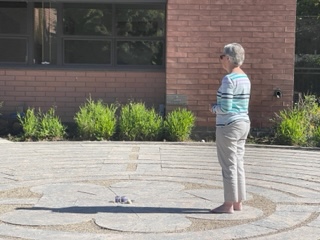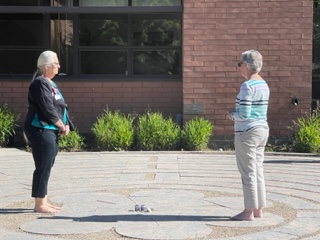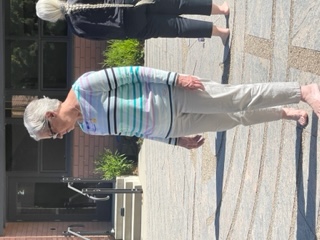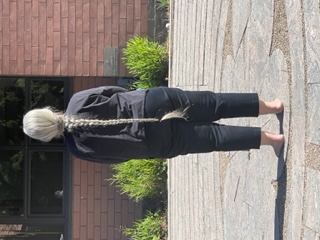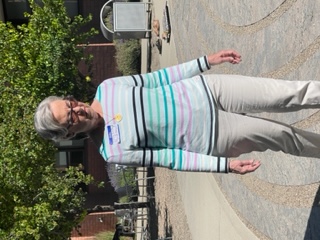Labyrinth Walk – Opening Our Hearts
The labyrinth in the courtyard between the Episcopal Church Center of Utah and St Mark’s Cathedral is a Chartres-style labyrinth measuring almost 40’x40′ and made of beautiful stone. If you have never walked a labyrinth, this ia a beautiful one for you to explore. If you have walked a labyrinth, please experience this one.
How do you walk the labyrinth? Simply in any way you wish.
A useful form to use is release, receive, return, and reflect. The path surrounding the center can seem like our life with its turns and journeys, some short and some long.
As you walk, release. Release your thoughts, clear your mind, and let go of things, things that bother you, consume you, cause you to worry, etc. Notice how your thoughts shift as you make those 180-degree turns on the path.
When you reach the center, receive. Receive what you are meant to receive, insight, clarity, love, whatever you receive.
When you are ready, return. Return with that insight, affirmation, or whatever you received and go into the world carrying that to help you, guide you, aid you, and perhaps share with others as you go about your life in the world.
Take time also to reflect afterward on your thoughts, perhaps by journaling or writing down some insight or thought you had from walking the labyrinth.
This form of release, receive, return, and reflect is a suggestion, especially for first-time labyrinth walkers, but you may enter with an intention, a question, a meditation, or a reflection of a piece of scripture, prayer, or some other reading, or simply with an open mind to just experience the labyrinth. Also, if you walk the labyrinth and no astounding thought, tranquility, peace, or insight comes to you, do not be concerned. Each walk is different, so engage at another time and see what happens.
We walked this labyrinth for peace on Sat, May 6, 2023, along with others who “walked as one at 1 pm” in their local time zone for peace for World Labyrinth Day. This is an annual event hosted by the World Labyrinth Society to promote peace throughout the world and for oneself. In Utah, for the first time ever, a group of people in The Diocese of Utah connected those walking as one at 1 for peace in our diocese and in the state of Utah. The result was ten known events in Utah occurred that day, primarily at 1 pm, with one being a virtual finger labyrinth walk. Almost half of our congregations have labyrinths.
Labyrinths can provide a kinetic means for prayer, meditation, reflection, contemplation, discovery, awareness, and connection to God. They are an incredible tool that can enrich your life spiritually, psychologically, and mentally.
A brief history of Labyrinths
No one has discovered why there are labyrinths, nor how they came into existence. The oldest known labyrinth is in Spain, dating back over 2,000 years BC, and a labyrinth dating back to 600 BC was found in Scandinavia. Labyrinths are found on every continent except Antarctica.
Not only found on the ground or flooring, labyrinths are also found on the walls of buildings, on door frames and doorways, on walls, and on coins. Many believe they were put there as a sign of protection.
Around 1,000 BC, at the beginning of the medieval period, Christianity adopted the use of the labyrinth and put them on the floors in most cathedrals that were being built in Europe. The practice and use of the labyrinth in Christianity eventually faded, and chairs or pews were placed over these beautiful works of art in cathedrals until they were rediscovered in the latter part of the 20th century. The Chartres labyrinth in France is one of the most world renowned, with people pilgrimaging to it year-round.
Although many designs of the labyrinth exist, labyrinth designs primarily fall into two categories: the classic or circuit labyrinth, with its back-and-forth path, and the Chartres labyrinth, with its intricate four-quadrant path. Unlike a maze, which is meant to confuse or confound people as they get lost in the countless choices of paths with wrong turns and dead ends, the labyrinth is meant to bring clarity and focus with its simplicity of following one path into a center and returning on that path to exit.
If you are interested in finding out where labyrinths are around the world, go to the Worldwide Labyrinth Locator website. Please also check out the Utah World Labyrinth Day Facebook page, with postings and photos of the events at different labyrinth locations around Utah. To find out more about labyrinths, also go to Veriditas, which has a wealth of information.
Veriditas Trained Labyrinth Facilitator


